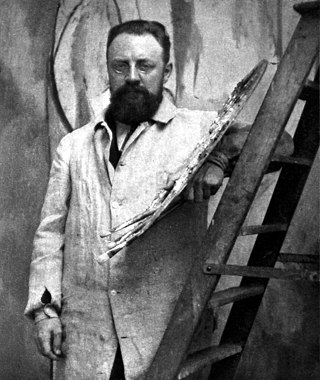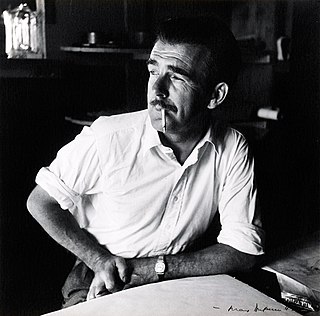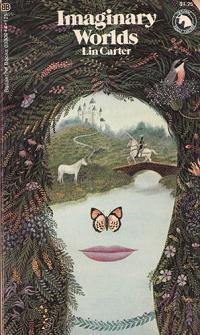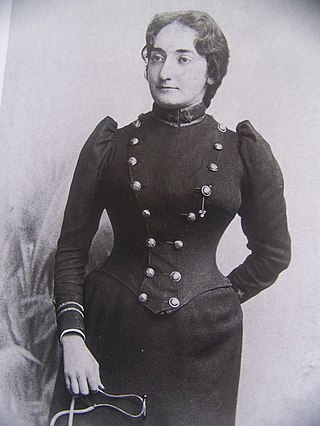Art as book covers

The Fontana Modern Masters occupy a unique place in publishing history – not for their contents but their covers, which draw on the following developments in twentieth-century art and literature: [2] [3]
- Twentieth-century geometric abstraction, colour-field painting and hard-edge painting.
- Op Art, and in particular the work of Victor Vasarely.
- The English beatnik Brion Gysin's cut-up technique as popularized by William Burroughs.
The cover concept was the brainchild of Fontana's art director John Constable, who had been experimenting with a cover treatment based on cut-ups of The Mud Bath , a key work of British geometric abstraction by the painter David Bomberg. However, a visit to the Grabowski Gallery in London introduced Constable to the work of Oliver Bevan, a graduate of the Royal College of Art in 1964, whose optical and geometric paintings were influenced by Vasarely's Op Art. On seeing Bevan's work, Constable commissioned him to create the covers for the first ten Fontana Modern Masters, which Bevan painted as rectilinear arrangements of tesselating blocks. Each cover was thus a piece of abstract art, but as an incentive for readers to buy all ten books the covers could be arranged to create a larger, composite artwork. The "set of ten" books appeared in 1970–71 but overran when Joyce was published with the same cover as Guevara:
- Camus by Conor Cruise O'Brien, 1970
- Chomsky by John Lyons, 1970
- Fanon by David Caute, 1970
- Guevara by Andrew Sinclair, 1970
- Lévi-Strauss by Edmund Leach, 1970
- Lukács by George Lichtheim, 1970
- Marcuse by Alasdair MacIntyre, 1970
- McLuhan by Jonathan Miller, 1971
- Orwell by Raymond Williams, 1971
- Wittgenstein by David Pears, 1971
- Joyce by John Gross, 1971
A second "set of ten" featuring a new Bevan cut-up was published in 1971–73 but the inclusion of Joyce in the first "set of ten" left this second set one book short:
- Freud by Richard Wollheim, 1971
- Reich by Charles Rycroft, 1971
- Yeats by Denis Donoghue, 1971
- Gandhi by George Woodcock, 1972
- Lenin by Robert Conquest, 1972
- Mailer by Richard Poirier, 1972
- Russell by A J Ayer, 1972
- Jung by Anthony Storr, 1973
- Lawrence by Frank Kermode, 1973
A third "set of ten" featuring Bevan's kinetic Pyramid painting began to appear in 1973–74 but Constable left before the set was complete and his replacement, Mike Dempsey, scrapped the set-of-ten incentive after eight books:
- Beckett by A Alvarez, 1973
- Einstein by Jeremy Bernstein, 1973
- Laing by Edgar Z. Friedenberg, 1973
- Popper by Bryan Magee, 1973
- Kafka by Erich Heller, 1974
- Le Corbusier by Stephen Gardiner, 1974
- Proust by Roger Shattuck, 1974
- Weber by Donald G MacRae, 1974
Dempsey switched the covers to a white background and commissioned a new artist James Lowe, whose cover art for the next eight books in 1975-76 was based on triangles:
- Eliot by Stephen Spender, 1975
- Marx by David McLellan, 1975
- Pound by Donald Davie, 1975
- Sartre by Arthur C Danto, 1975
- Artaud by Martin Esslin, 1976
- Keynes by D. E. Moggridge, 1976
- Saussure by Jonathan Culler, 1976
- Schoenberg by Charles Rosen, 1976
Nine more books appeared in 1977–79 with cover art by James Lowe based on squares:
- Engels by David McLellan, 1977
- Gramsci by James Joll, 1977
- Durkheim by Anthony Giddens, 1978
- Heidegger by George Steiner, 1978
- Nietzsche by J P Stern, 1978
- Trotsky by Irving Howe, 1978
- Klein by Hanna Segal, 1979
- Pavlov by Jeffrey A Gray, 1979
- Piaget by Margaret A Boden, 1979
Dempsey left Fontana Books in 1979 but continued to oversee the Modern Masters series until a new art director, Patrick Mortimer, was appointed in 1980. Four more books followed under Mortimer with cover art by James Lowe based on circles:
- Evans-Pritchard by Mary Douglas, 1980
- Darwin by Wilma George, 1982
- Barthes by Jonathan Culler, 1983
- Adorno by Martin Jay, 1984
The cover concept was dropped after this and a new design was used that featured a portrait of the Modern Master as a line drawing or later a tinted photograph, and mixed serif and sans-serif typefaces, upright and italic fonts, block capitals, lowercase letters and faux handwriting. The design was used for reprints and six new titles:
- Foucault by J. G. Merquior, 1985
- Derrida by Christopher Norris, 1987
- Winnicott by Adam Phillips, 1988
- Lacan by Malcolm Bowie, 1991
- Arendt by David Watson, 1992
- Berlin by John Gray, 1995













